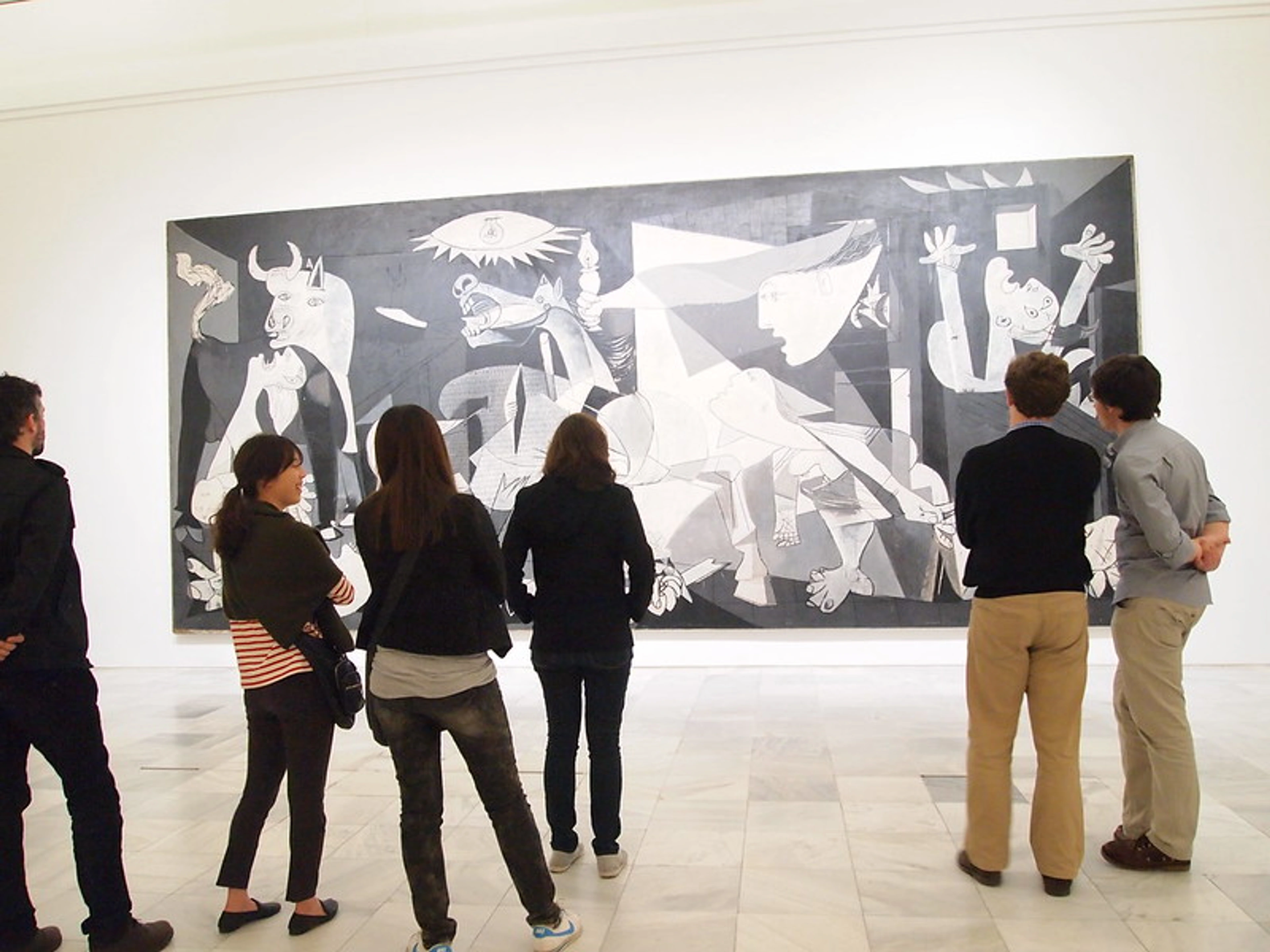
Europe's Crown Jewels: An Artist's Expanded Guide to the Best Museums
Feeling overwhelmed by Europe's vast museums? This expanded guide dives deep into the titans, hidden gems, and unique collections, sharing personal insights, practical tips (including how to beat fatigue!), and the feeling of connecting with history and art as an artist.
Europe's Crown Jewels: An Artist's Engaging Guide to the Continent's Best Museums
Europe. Just the name conjures images of ancient cobblestones, grand palaces, and, of course, art. So much art. It feels like every other street corner boasts a museum overflowing with history, masterpieces, or... well, let's be honest, sometimes bizarre artifacts that make you scratch your head. Honestly, deciding which ones to visit can feel like trying to choose a favorite star in the night sky – overwhelming, slightly impossible, and you suspect you're missing out on something spectacular no matter what you pick. It's enough to make you want to just find the nearest cafe and people-watch, isn't it? (Spoiler: I often do, but the museums always pull me back in.)
I remember standing outside the Musée d'Orsay for the first time, map crumpled in hand, the sheer beauty of the building itself almost too much before even stepping inside. That feeling of paralysis by choice? I get it. Should I brave the Louvre's legendary crowds for a glimpse of the Mona Lisa or seek out a quieter gallery filled with Impressionist dreams? Sometimes, the scale makes you want to just sit down with a coffee and people-watch instead. But the pull is undeniable, isn't it? These buildings aren't just repositories of stuff; they are time capsules, treasure chests, portals to different eras and minds. They hold the brushstrokes of geniuses, the tools of bygone civilizations, the sparks of scientific revolution. Exploring them is like having a conversation across centuries. They are, truly, the continent's Crown Jewels.
And speaking of time capsules, have you ever stopped to think about the museums themselves? How did we even get to a point where entire palaces are dedicated to housing art and history? It's a fascinating journey from the private 'cabinets of curiosities' of wealthy collectors, filled with everything from rare shells to ancient coins, to the grand public institutions we know today. The idea of sharing these treasures, making them accessible (mostly!) to everyone, is a relatively modern one, born out of revolutions and changing social landscapes. It adds another layer to the experience – you're not just seeing history in the building, but history of the building and the very concept of collecting and displaying.
So, consider this less of a definitive list (because "best" is wonderfully subjective, like arguing over the meaning of art itself) and more of a companion guide. We'll wander through the undisputed titans, peek into specialized havens, and maybe uncover a few lesser-known spots that might just steal your heart. Think of it as a friendly chat with someone who loves getting lost in these halls, sometimes feels the museum fatigue creep in (usually right before finding the cafe!), but always comes away richer for the experience.
Why Bother With Busts and Brushstrokes? The Deeper Pull
Beyond the checklist ticking, why spend precious travel time indoors looking at old things? For me, it's about connection. It's about the visceral feeling of standing before something created centuries ago and feeling a spark of recognition, a shared humanity. Seeing Van Gogh's swirling stars up close, feeling the raw energy that must have pulsed through him as he applied that thick paint – it's a completely different experience from seeing a print. Standing before the Rosetta Stone at the British Museum, realizing this unlocked ancient Egypt... it sends a shiver down your spine. It's a direct line to the past.
![]()
But it's not just about the famous names or the grand historical moments. Sometimes, the connection is with the subjects themselves. Standing before a Dutch Golden Age portrait, I find myself wondering about the person depicted – their daily life, their hopes, their worries. Did they sit patiently for hours? What was the artist trying to capture beyond just a likeness? Or looking at Goya's harrowing scenes of war, you feel a profound empathy for the figures caught in the chaos, a chilling reminder of the human cost of conflict. These aren't just historical artifacts; they are echoes of lives lived, emotions felt, and stories waiting to be heard.
I remember standing in the vast, echoing halls of the Louvre, not just looking at the art, but feeling the sheer weight of history in the building itself – a former palace! The sound of footsteps on the polished floors seemed to carry whispers of centuries past. Or the quiet intensity of a room filled with Rothko's color fields at the Tate Modern, where the paintings seem to hum with a silent energy that wraps around you, almost physically. There was also that moment in the Uffizi, surrounded by Renaissance masterpieces, where the light hitting a particular Botticelli felt like a direct connection to the artist's vision centuries ago. It's these moments, these unexpected jolts of awe or understanding, that make the sore feet and the crowds melt away. It's not just about seeing famous things; it's about letting them speak to you.
And sometimes, the most profound connections aren't with the most famous pieces. I recall wandering through a small, regional museum in France, tucked away in a quiet town. I stumbled upon a collection of simple, hand-painted ceramic tiles from the 17th century. Nothing world-famous, just everyday objects. But seeing the slightly uneven glaze, the confident brushstrokes of a simple floral pattern, the tiny imperfections – it felt incredibly intimate. It was a direct link to an unknown artisan, someone who mixed pigments and shaped clay hundreds of years ago, leaving a small, beautiful mark on the world. That quiet moment, connecting with a nameless maker across the centuries, felt just as powerful, if not more so, than standing before the Mona Lisa.
European museums offer an unparalleled journey through human creativity, history, and ingenuity. They trace the evolution of art styles, showcase scientific breakthroughs, and preserve the cultural heritage that shapes the continent today. It’s a chance to understand the context from which modern life emerged, to see the roots of ideas, aesthetics, and even conflicts. And as an artist myself, seeing the brushstrokes, the scale, the sheer ambition of these masters? It's both humbling and incredibly inspiring. It makes you want to run back to your own studio and just make something. Plus, let's be honest, some of the buildings themselves are architectural marvels worth the entrance fee alone. If you're planning a trip, exploring the best art cities in Europe is a must, and their museums are the Crown Jewels that define their cultural landscape.
Defining the "Best": Acknowledging the Glorious Subjectivity
What makes a museum "the best"? It's a question that sparks endless debate, usually over coffee or wine after a long day of walking. It's wonderfully subjective, isn't it? Like trying to pick a favorite color or a favorite memory. It's less about a definitive ranking and more about what resonates with you. So, what criteria will you use to find your Crown Jewels?
- The Experience? Is the architecture stunning? Is it curated in an engaging way that tells a story? Is it blissfully uncrowded (a rare European museum trait, I'll admit)? Does it make you feel something? This, for me, is often paramount. How does the space make you feel? Does it invite you in or keep you at a distance?
- Atmosphere/Vibe? Beyond the curation, how does the space feel? Is it grand and imposing, intimate and quiet, or buzzing with energy? The lighting, the flow of rooms, even the sounds (or lack thereof) contribute to the overall atmosphere. Sometimes, the quiet reverence in a room is as impactful as the art itself.
- Iconic Masterpieces? Does it house the Mona Lisa, the Night Watch, David? The big hitters everyone wants to see, the ones that draw the crowds (and sometimes the selfie sticks)? Seeing these in person is undeniably powerful, even if you have to elbow your way through.
- Breadth of Collection? Does it cover millennia of human history under one roof, offering a sweeping narrative that makes your head spin (in a good way)? These encyclopedic museums are like condensed versions of human civilization.
- Specialization? Is it the world's foremost authority on Impressionism, Viking ships, or medical oddities? Does it offer a deep, focused dive into a subject you're passionate about? Sometimes, finding a museum dedicated to your niche interest feels like discovering a secret treasure.
- Curatorial Approach? How is the art presented? Are there innovative exhibitions? Does the museum tell a compelling story with its collection, or is it simply a static display? A thoughtful curatorial approach can transform how you see familiar works, offering new perspectives.
This guide leans heavily towards art and history, as that's where my own passion lies (and likely yours, if you're browsing an artist's site!). But "best" really depends on you and what you're seeking. For me, the feeling the space evokes and the potential for unexpected connection often trump simply seeing the most famous piece. We'll cover the big names everyone talks about, but also highlight places catering to specific tastes and interests, broadening our definition of what a "Crown Jewel" can be.
The Titans: You Kind Of Have To See Them
These are the household names, the Goliaths of the museum world. Yes, they can be crowded. Yes, you might feel like a sardine shuffling past the Venus de Milo. But they are titans for a reason, housing collections so vast and significant, they simply cannot be ignored. And the buildings themselves? Often former palaces or grand structures, their sheer scale and architecture are part of the experience (and the challenge of navigating them!). Prepare yourself, book ahead, and maybe aim for off-peak times. Expect entry fees typically ranging from €15-€30+.
- The Louvre Museum (Paris, France): Let's start with the big one. The Mona Lisa (famous for her enigmatic smile and the crowds she draws), Venus de Milo (the epitome of classical beauty, even without arms), Winged Victory of Samothrace (a dynamic sculpture capturing movement and triumph)... the list of iconic works is staggering. It's a former palace, vast beyond belief, covering everything from Egyptian antiquities to Islamic art and European painting. Standing in the Denon wing, surrounded by massive canvases, you feel dwarfed by the history and scale. Pro Tip: Don't try to see it all. Pick a wing or era, or take a highlights tour. Trying to conquer the Louvre in a day is a recipe for exhaustion (and sore feet!). Allow at least 3-4 hours, but a full day is better if you can manage it. Booking ahead is non-negotiable unless you enjoy queuing for hours; timed entry slots sell out quickly. It's a city of art within a palace, a place where you can get wonderfully lost (and maybe slightly overwhelmed).
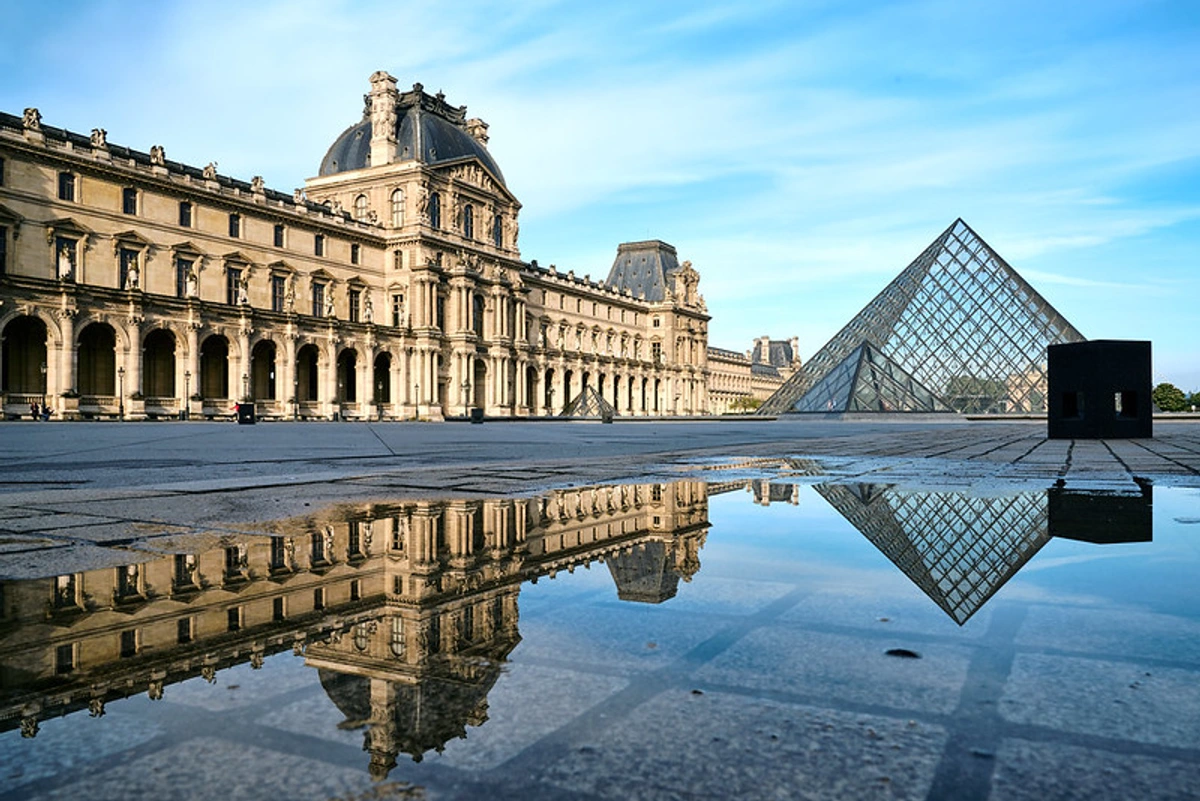
- British Museum (London, UK): A treasure trove of world history. The Rosetta Stone (the key that unlocked ancient Egyptian hieroglyphs), Parthenon sculptures (controversial, yes, but undeniably powerful remnants of classical Greece), Egyptian mummies... it's an epic journey across continents and millennia. Its sheer scale is mind-boggling. Entry is free (though donations are welcome), which is a huge plus, making it incredibly accessible. The Great Court itself is an architectural wonder, a stunning space to simply stand and look up. You could spend days here, but a focused visit requires at least 3-4 hours. Standing before the Parthenon sculptures, even removed from their original context, you feel the power and artistry of ancient Greece. This is where history feels tangible, a place to walk among the echoes of ancient civilizations.
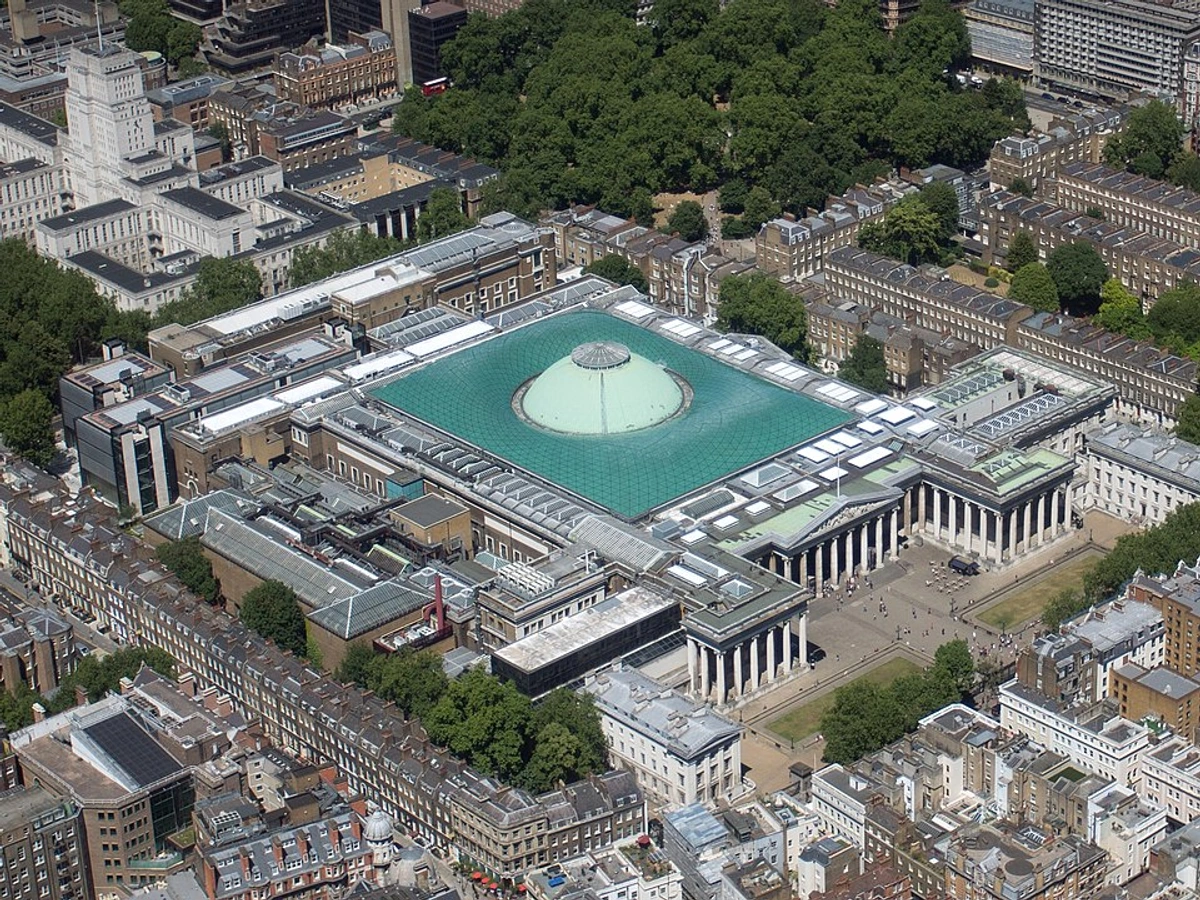
- Museo Nacional del Prado (Madrid, Spain): Spain's main national art museum, celebrating the Spanish masters like Velázquez (Las Meninas! - a complex, layered masterpiece that plays with perspective and reality), Goya (The Third of May 1808! - a harrowing depiction of the horrors of war), and El Greco. It also has incredible works by Flemish and Italian artists. A must for lovers of classical European painting. Standing before Las Meninas feels like stepping into a complex, layered world, a puzzle box of perspective and presence. The intensity of Goya's Black Paintings is something you feel deep in your gut. Allow 3-4 hours. Booking ahead is highly recommended, especially during peak season, to avoid long queues. A deep dive into the Spanish soul, where light and shadow tell powerful stories.
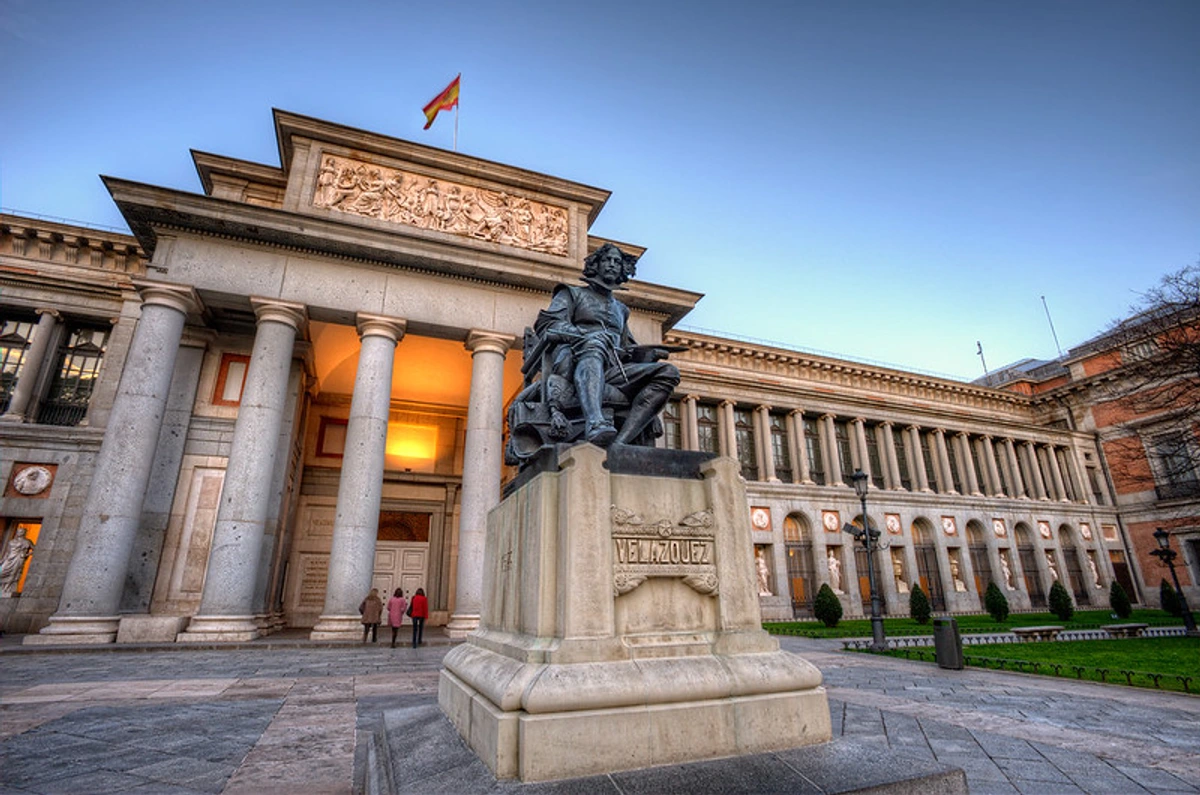
- Uffizi Gallery (Florence, Italy): The heart of the Renaissance. Botticelli's "Birth of Venus" (an iconic image of beauty and rebirth) and "Primavera," works by Leonardo da Vinci, Michelangelo, Raphael... it's an overwhelming concentration of masterpieces that shaped Western art. Booking well in advance is essential, as queues can be legendary and tickets sell out. The rooms feel steeped in history, almost vibrating with the genius they contain. Allow 3-4 hours. Combine it with a visit to the nearby best galleries in Florence for a full Renaissance immersion. Stepping into the Uffizi is like walking through a golden age, where beauty and innovation feel alive.
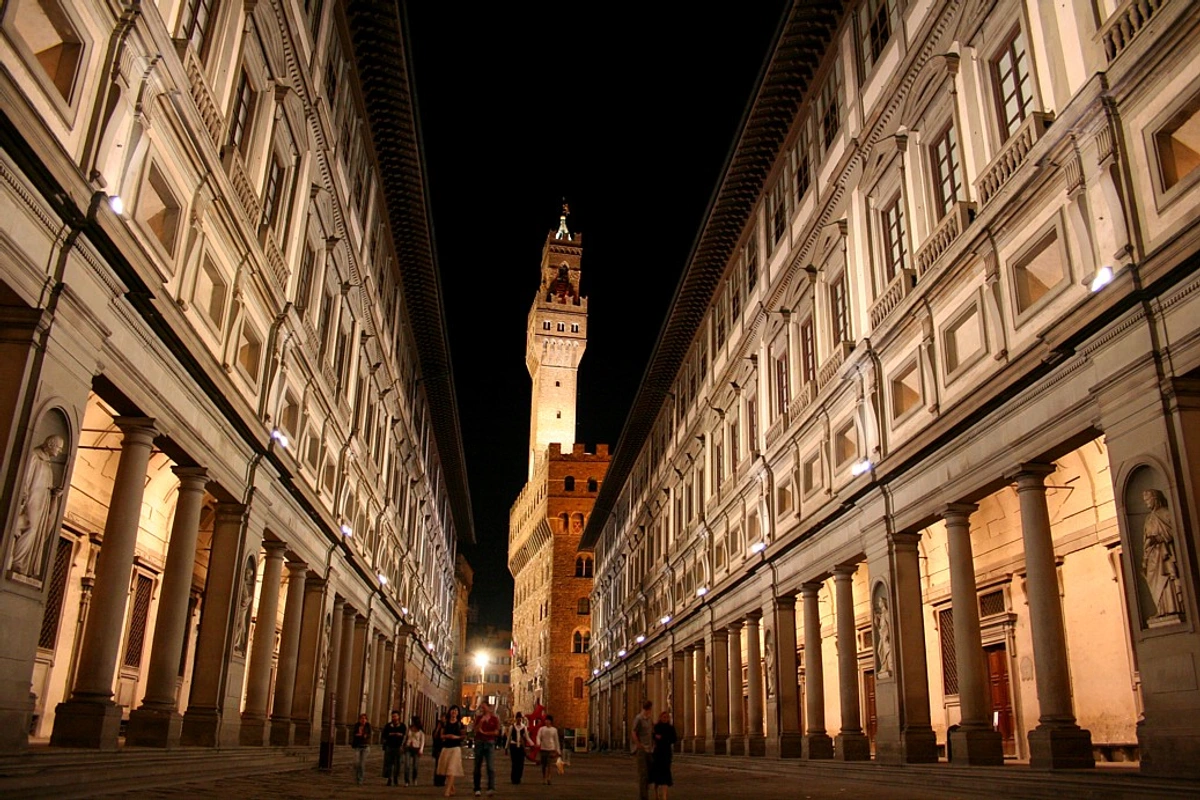
- Vatican Museums (Vatican City, Rome): Technically its own state, but essential for any European museum tour. Home to Michelangelo's breathtaking Sistine Chapel ceiling (a monumental fresco cycle depicting biblical scenes) and Last Judgment, the Raphael Rooms, and vast collections of classical sculpture and Renaissance art. Prepare for crowds and security checks, but the payoff is immense. The sheer scale and detail of the Sistine Chapel are truly awe-inspiring; it's a place that silences you. The classical sculptures feel incredibly alive. Allow at least 3-4 hours, often more. Booking tickets online months in advance is highly recommended, as this is one of the most visited sites in the world. A pilgrimage site for art lovers, where faith and artistic genius converge in breathtaking ways.
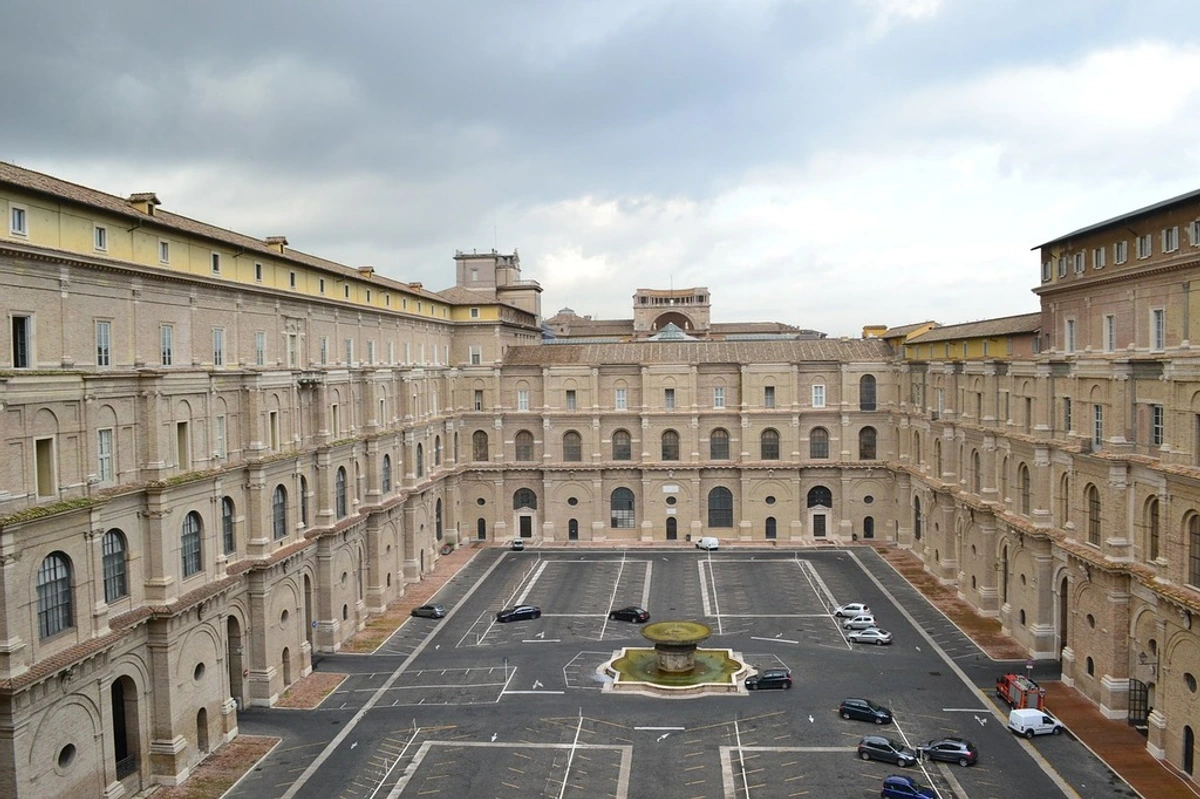
- Rijksmuseum (Amsterdam, Netherlands): The Dutch national museum, showcasing the Golden Age masters. Rembrandt's monumental "The Night Watch" (famous for its dynamic composition and use of light) and intimate "The Jewish Bride," Vermeer's serene "The Milkmaid" (celebrated for its depiction of light and texture) – it's a stunning collection beautifully renovated and presented. Standing before The Night Watch is an experience in itself; the scale and detail are incredible, almost overwhelming. The light in Vermeer's paintings feels like a quiet miracle. Allow 3-4 hours. Booking online is strongly advised to secure your preferred entry time and avoid queues. Definitely one of the highlights when exploring the art cities of the Netherlands. A window into the Dutch Golden Age, where everyday life is elevated to the extraordinary through light and detail.
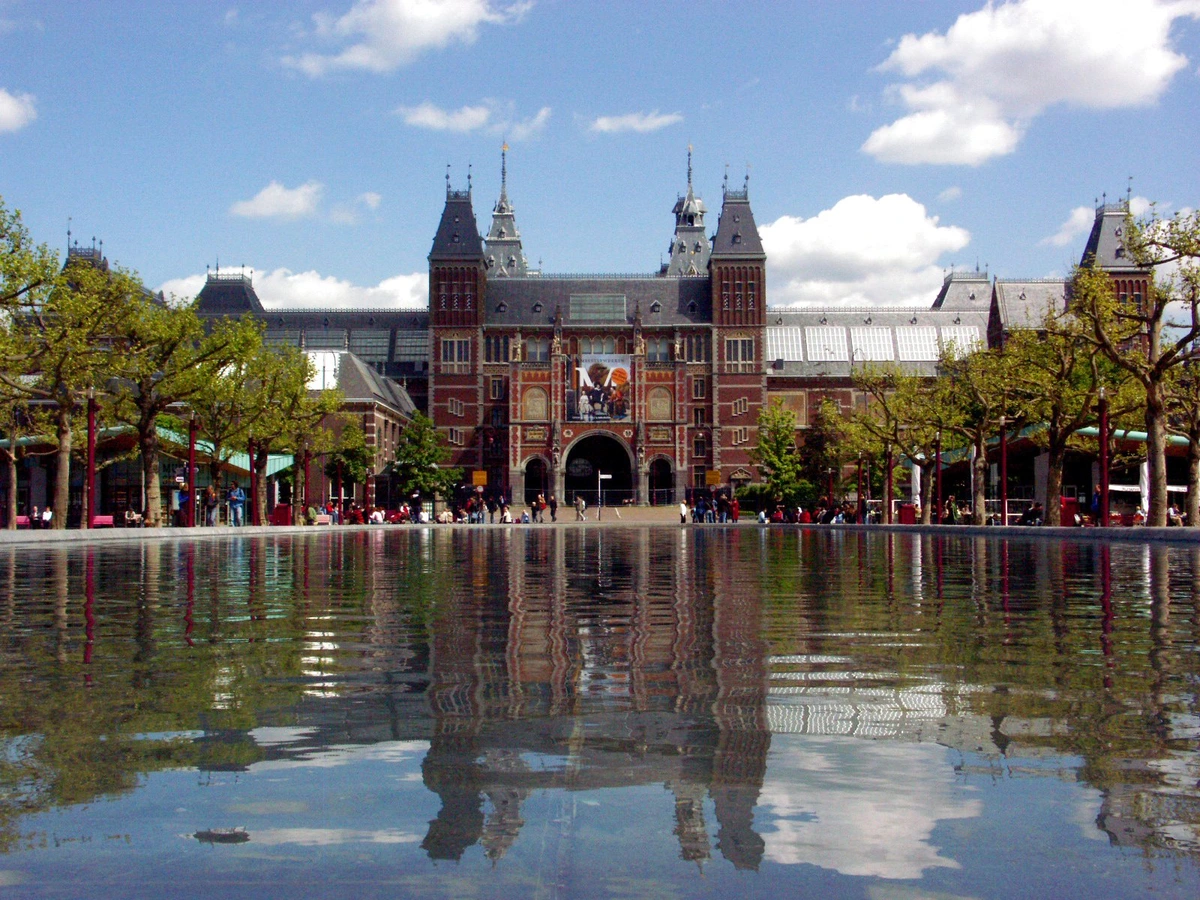
Beyond the Giants: Gems for Specific Interests & Deeper Dives
Once you've paid homage to the titans (or perhaps decided to skip the biggest crowds and dive straight into something more focused – a perfectly valid choice!), Europe offers incredible museums catering to more specific tastes and offering unique experiences. These are often where you find the true Crown Jewels for your particular passion. These museums might focus on a specific period, movement, medium, or even a single artist, allowing for a more intimate or specialized journey. They offer a chance to go deeper, to explore a niche, or to see familiar concepts through a different lens.
Modern & Contemporary Powerhouses:
If classical paintings leave you cold, but bold colours, challenging concepts, and the art of today excite you, these are for you. They often explore modern art and the art being made right now. Check out the best museums for modern art guide for more!
- Tate Modern (London, UK): Housed in a former power station, its industrial setting is part of the appeal. A powerhouse of international modern and contemporary art from 1900 to the present day. Always thought-provoking exhibitions and installations in the massive Turbine Hall. The energy here feels different, more immediate and challenging. Allow 2-3 hours (or more for specific exhibitions). A dynamic space where the art feels like it's still arguing with the building.
- Centre Pompidou (Paris, France): Famous for its "inside-out" architecture, the Pompidou houses Europe's largest museum for modern art, plus a vast public library and music research center. Its collection includes key works of Fauvism, Cubism, Surrealism, and more. The views from the top floor are spectacular – a different kind of masterpiece! The building itself is a statement, a piece of art you walk through. Allow 2-3 hours. Come for the art, stay for the views (and maybe get lost trying to find the escalator).
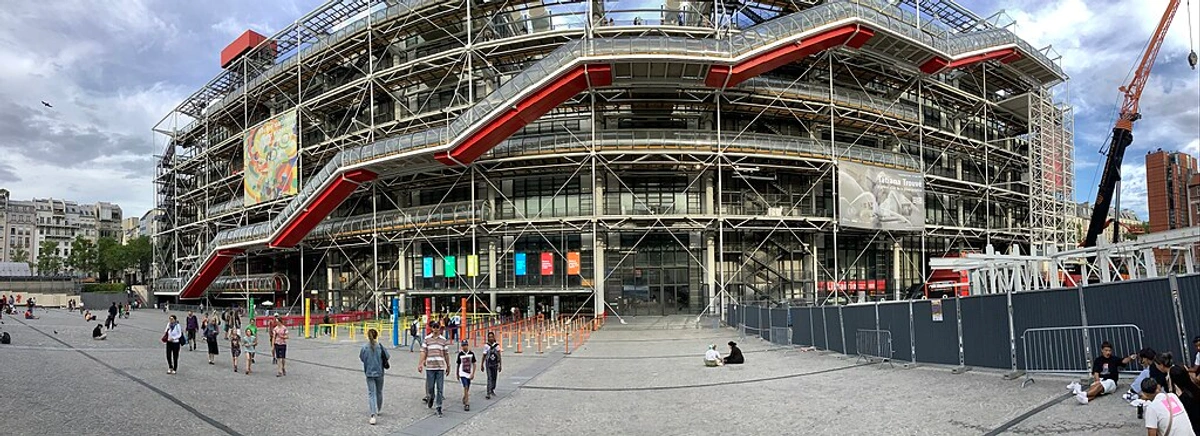
- Guggenheim Museum Bilbao (Bilbao, Spain): Frank Gehry's architectural masterpiece is arguably as famous as the art inside. It focuses on modern and contemporary art, with large-scale installations and works by artists like Richard Serra and Jeff Koons. The building itself is an experience, a sculptural form that changes with the light. Walking through the massive Serra sculptures feels like being in a different world. Allow 2-3 hours. Where the building is as much the star as the art it contains.
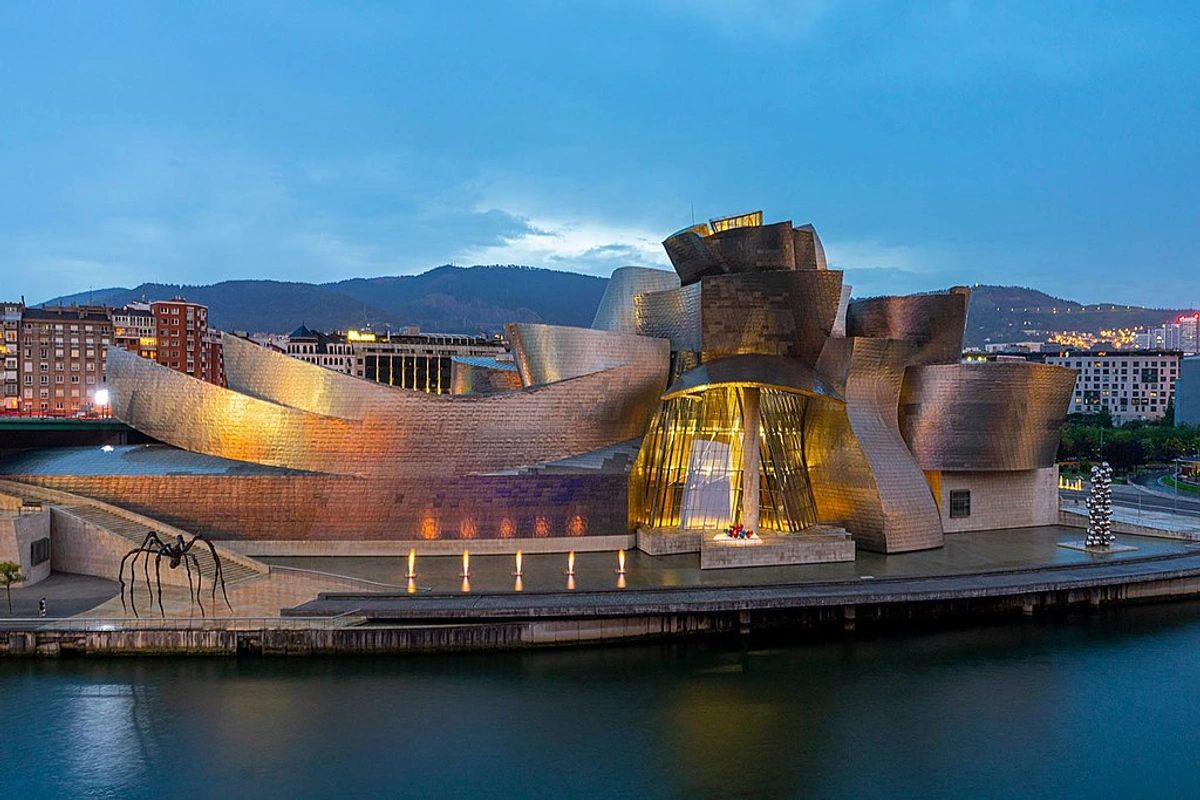
- Stedelijk Museum Amsterdam (Amsterdam, Netherlands): The Netherlands' main museum for modern and contemporary art and design. Strong collections of De Stijl, Cobra, Abstract Expressionism (including Rothko!), Pop Art, and recent movements. Its modern wing (nicknamed "the bathtub") is quite striking. The Rothko room here offers that same quiet, immersive intensity as the one in London. Allow 2-3 hours. A clean, modern space for exploring the sometimes messy, always interesting world of contemporary creativity.
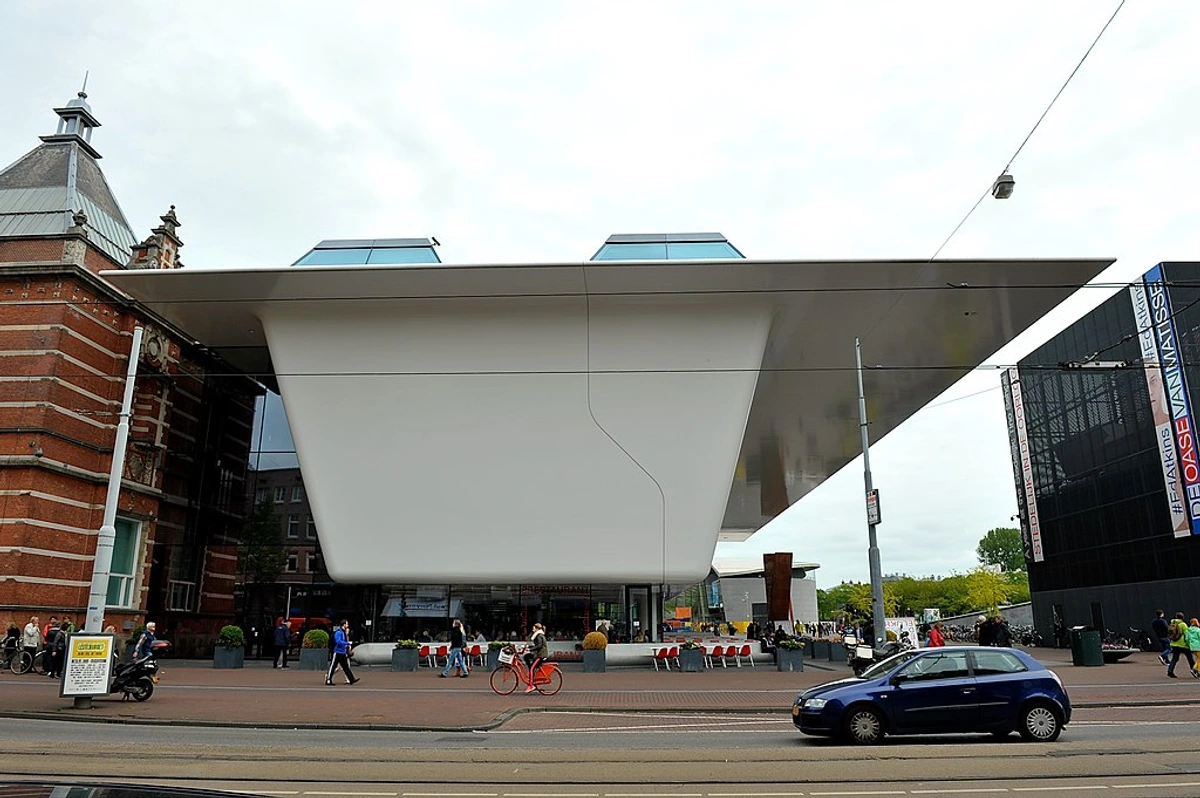
Deep Dives into Eras & Movements:
Want to immerse yourself in a specific period or artistic movement? These museums offer focused journeys that allow for deeper understanding. You might find our History of Art Guide useful too.
- Musée d'Orsay (Paris, France): Housed in a stunning former railway station, the d'Orsay bridges the gap between the Louvre and the Pompidou. It holds the world's largest collection of Impressionist and Post-Impressionist masterpieces (Monet, Manet, Degas, Renoir, Cézanne, Gauguin, Van Gogh). Absolutely essential for lovers of this era. The light and atmosphere inside feel perfectly suited to the art, almost as if the building was designed for these paintings. Allow 2-3 hours. Learn more about Impressionism here. A beautiful setting for art that captures fleeting moments and the play of light.

- The National Gallery (London, UK): Overlooking Trafalgar Square, it houses the UK's national collection of Western European paintings from the 13th to the 19th centuries. Strong in Italian Renaissance, Dutch Golden Age, and Impressionism. Like the British Museum, entry is free. A fantastic place to trace the development of painting styles. You can see the evolution of techniques and ideas unfold before your eyes. Allow 2-3 hours. Find more London options in our guide to London galleries. A comprehensive journey through painting history, conveniently located and wonderfully free.
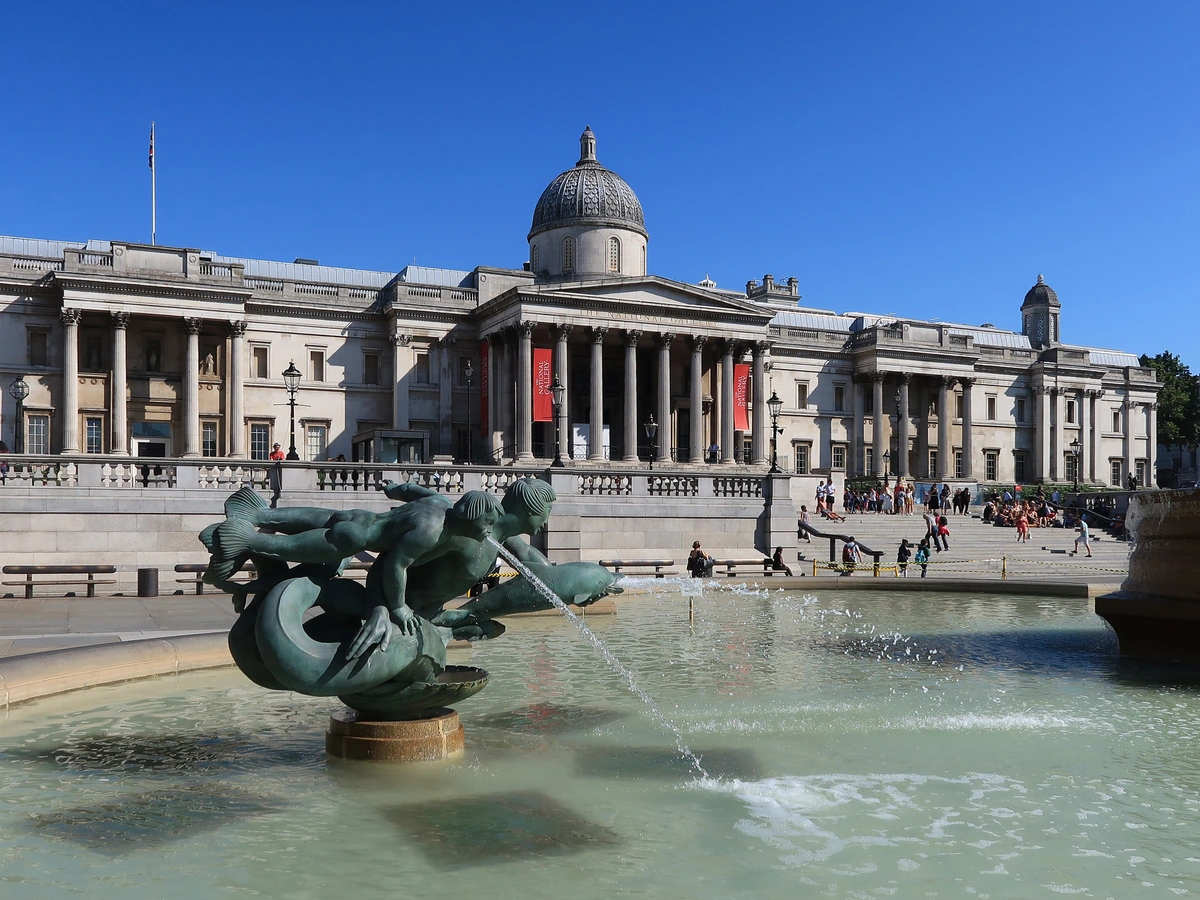
- Alte Pinakothek (Munich, Germany): One of the oldest galleries in the world, housing a significant collection of Old Master paintings (14th-18th centuries). Works by Dürer, Raphael, Leonardo, Titian, Rubens, Rembrandt, and many more. A classic European art experience. The sheer craftsmanship on display is breathtaking. Allow 2-3 hours. A traditional treasure chest of Old Masters, where every brushstroke tells a story.

- Acropolis Museum (Athens, Greece): While the British Museum has some, the Acropolis Museum houses artifacts found on the Acropolis site itself, offering an unparalleled look at ancient Greek art and architecture, particularly the Parthenon sculptures. The modern building is designed to interact with the ancient site, creating a powerful dialogue between past and present. Standing here, you feel the weight of classical civilization. Allow 2-3 hours. A modern home for ancient wonders, offering context right at the foot of the Acropolis.
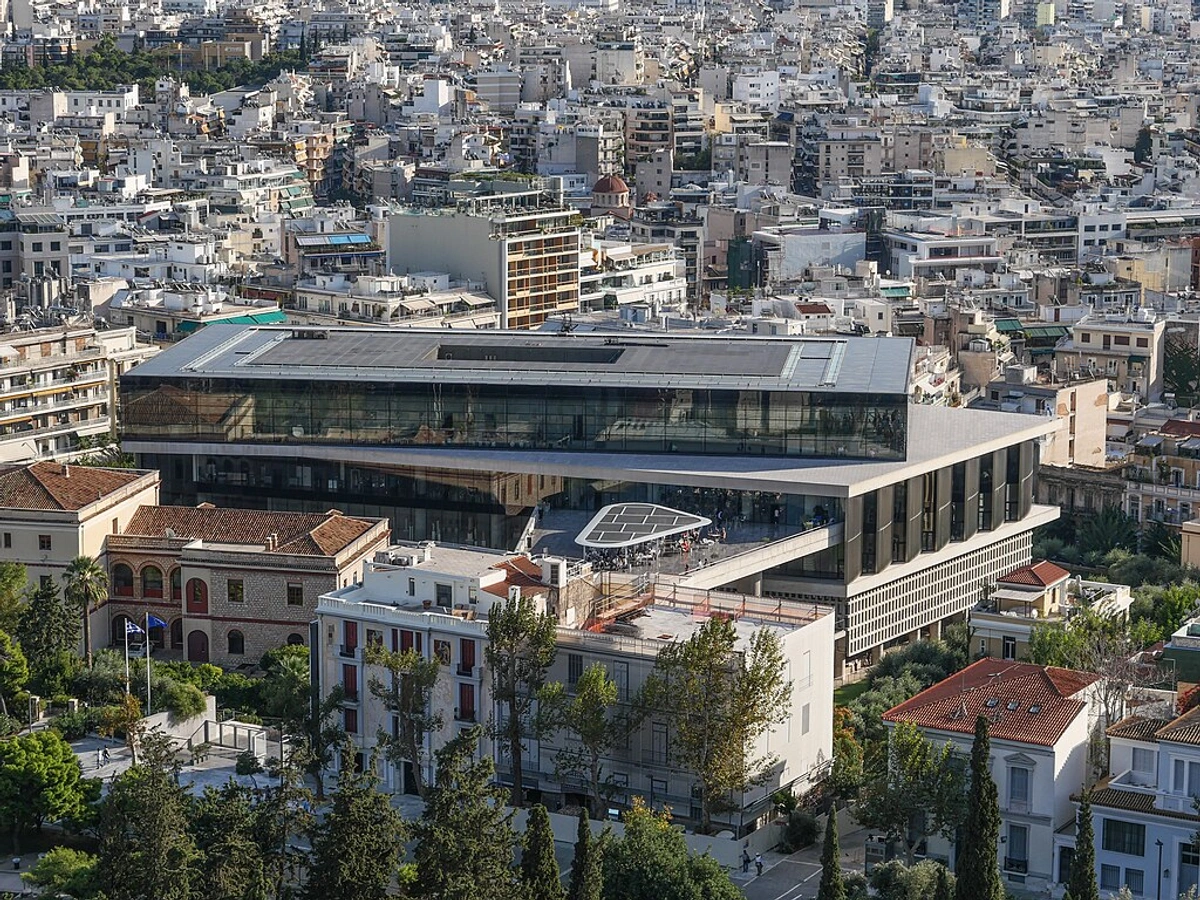
Applied Arts, Design, Photography & Unique Collections:
Sometimes the "best" museum isn't about famous paintings, but about exploring creativity in different forms, or diving into a truly niche subject. These museums broaden the definition of Europe's cultural Crown Jewels. They show how art permeates every aspect of life, from the clothes we wear to the chairs we sit on.
- Victoria and Albert Museum (V&A) (London, UK): The world's leading museum of art, design, and performance. Its collections are incredibly diverse, spanning fashion, furniture, sculpture, ceramics, photography, jewellery, and much more, from across centuries and cultures. You could spend days here and still not see it all. It's a testament to human creativity in all its forms, a place where you can find inspiration in everything from a medieval tapestry to a punk outfit. Allow at least 3-4 hours, but a full day is easily possible. A glorious, sprawling celebration of human making, where design is elevated to art.
- Musée des Arts Décoratifs (Paris, France): Located in the Louvre's Rohan wing, this museum focuses on the decorative arts and design, including furniture, ceramics, glass, jewelry, and fashion. It offers a fascinating look at how art intersects with everyday life and luxury across different periods. It makes you think about the artistry in everyday objects. Allow 2-3 hours. Discover the art in the objects that surround us, from opulent furniture to intricate jewelry.
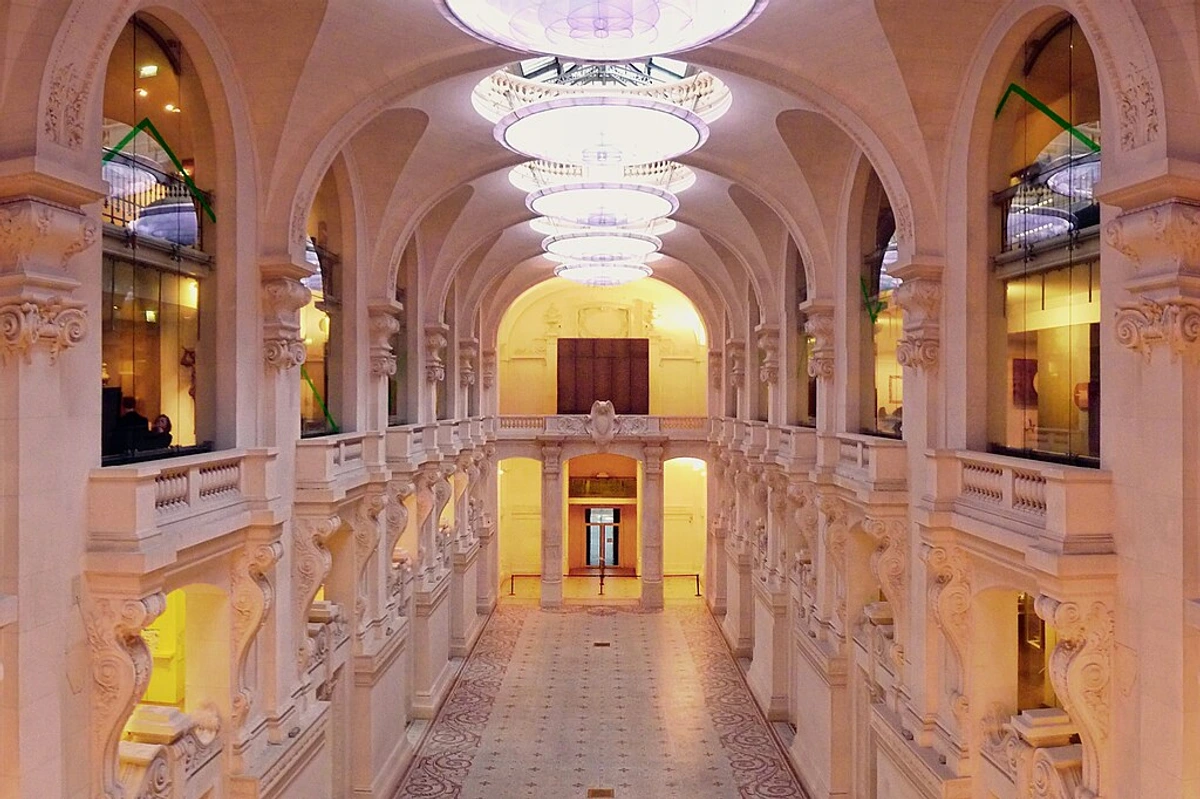
- Foam (Photography Museum Amsterdam) (Amsterdam, Netherlands): A dynamic museum dedicated to photography in all its forms – historical, contemporary, documentary, and artistic. They host major exhibitions and showcase emerging talent. A must for anyone interested in the power of the photographic image. It's a place where you can see the world through countless different lenses. Allow 1.5-2.5 hours. A focused lens on the world, exploring the power and artistry of photography.
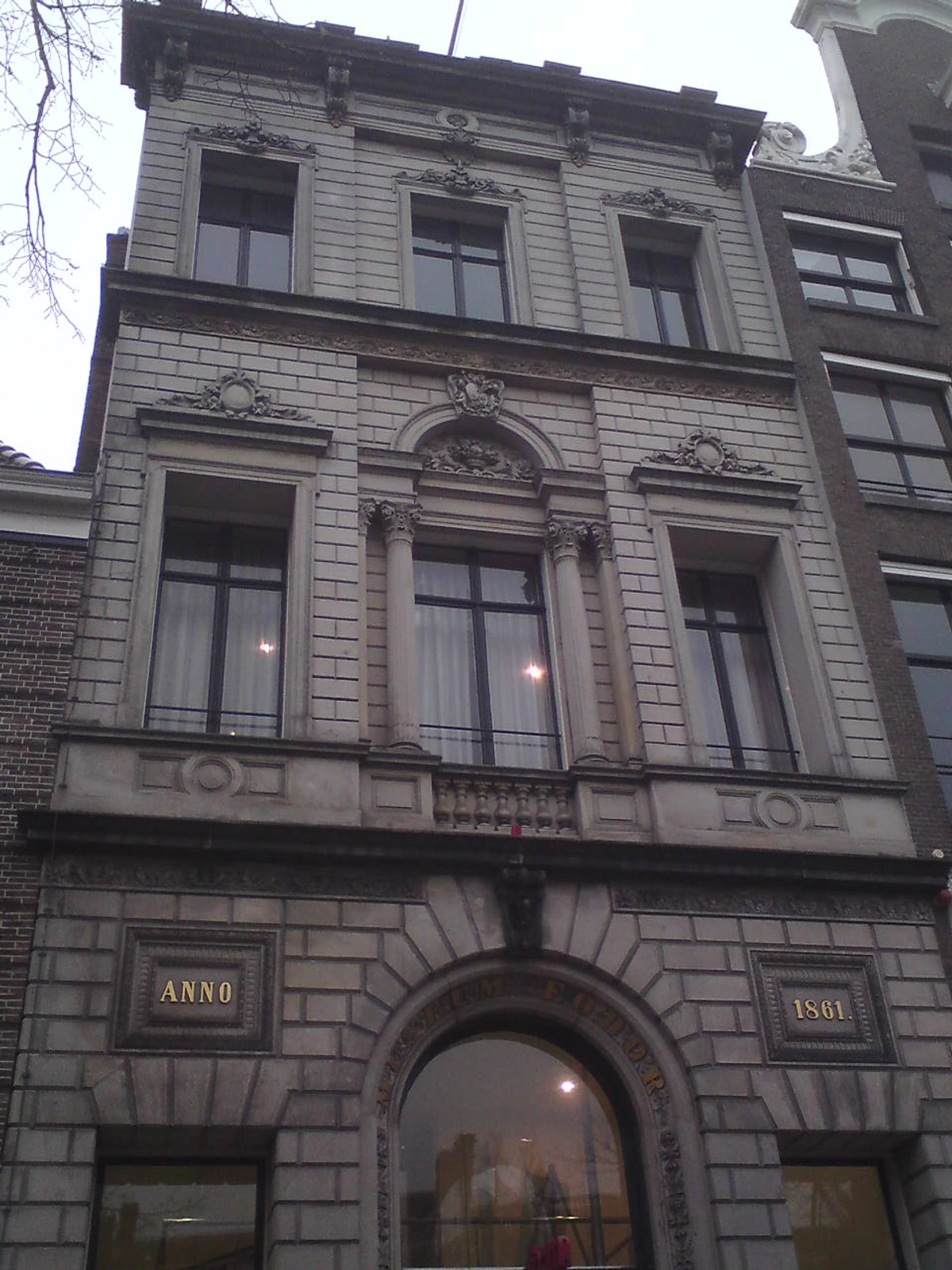
- European House of Photography (Maison Européenne de la Photographie) (Paris, France): Another key institution for photography lovers, focusing on contemporary photography and photographic heritage. Located in a beautiful historic building. Like Foam, it offers a deep dive into the art of the captured moment. Allow 1.5-2.5 hours. A Parisian haven for photography, showcasing both heritage and the cutting edge.
- Rodin Museum (Paris, France): Dedicated to the works of the French sculptor Auguste Rodin. Housed in the beautiful Hôtel Biron with a stunning sculpture garden ("The Thinker," "The Gates of Hell"). An oasis of calm and powerful art. Seeing these monumental bronzes in the garden is a unique experience, allowing the sculptures to interact with nature and light. Allow 1.5-2.5 hours. Check out other Parisian gems here. A tranquil escape in Paris, where monumental sculptures find harmony with nature.
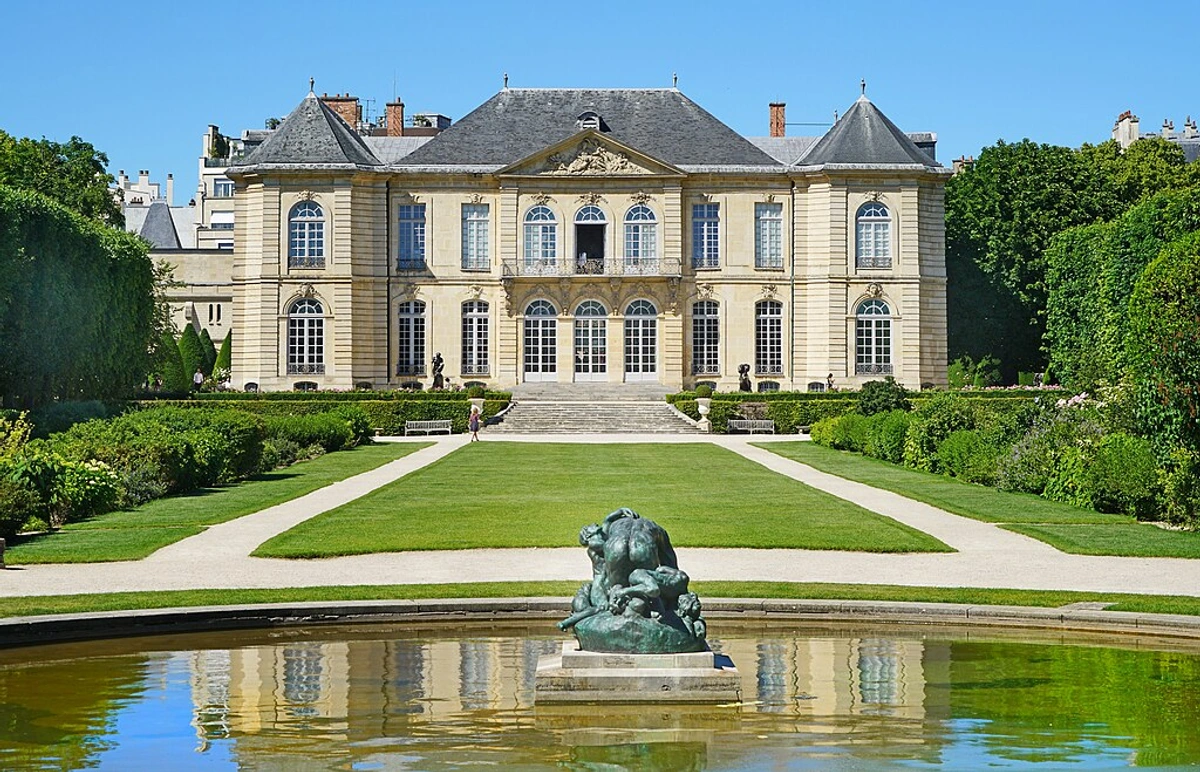
- Van Gogh Museum (Amsterdam, Netherlands): Holds the largest collection of artworks by Vincent van Gogh (and his contemporaries) in the world. See his masterpieces ("Sunflowers," "The Bedroom," "Almond Blossom") and trace his fascinating, turbulent life. Essential booking required – this is one place you really need tickets in advance, as they sell out days or weeks ahead. Seeing the evolution of his style and the intensity of his brushwork up close is incredibly moving; you feel the passion and struggle in every stroke. Allow 2-3 hours. Deep dive into Van Gogh's life and art here. An intimate look into the vibrant, turbulent world of one of art's most beloved figures.
![]()
Historical Sites, House Museums & Specific History:
Beyond traditional art and history museums, Europe is dotted with sites that offer incredibly personal windows into the past. These might be former homes, historical buildings, or museums dedicated to specific events or periods. They offer a different kind of connection, often more intimate and focused on individual lives or pivotal moments. These aren't always about grand masterpieces, but about the powerful resonance of place and personal story.
Think of places like the Anne Frank House in Amsterdam. It's not a museum in the traditional sense, but a profoundly moving historical site that tells a singular, powerful story. Walking through the hidden annex, the silence speaks volumes, offering a visceral connection to the lives lived there in hiding. It's a stark, unforgettable experience that transcends simply viewing artifacts. Or consider the Rembrandt House Museum in Amsterdam, the artist's former home and studio. Stepping into the rooms where he lived, worked, and taught, seeing his etching press and collections, you feel closer to the man behind the masterpieces in the Rijksmuseum. It's a personal glimpse into the daily life of a genius. Then there are sites like the Tower of London, a historic castle and fortress that has served as a royal palace, prison, and treasury. While it houses the Crown Jewels (the actual ones!), exploring its ancient walls, the Bloody Tower, and the exhibitions on its history offers a deep dive into centuries of British power, intrigue, and daily life within its formidable structure. These sites might not house famous paintings, but they are undeniably cultural Crown Jewels, offering unique perspectives and powerful connections to the past.
Europe also boasts incredible museums dedicated to specific historical periods or events that shaped the continent. A museum on Roman history in Italy, a site dedicated to the Viking age in Scandinavia, or museums focusing on the World Wars (like the Imperial War Museum in London or various sites in Berlin or Normandy) – these offer deep dives into the forces that shaped modern Europe. Even science and technology museums, like the Deutsches Technikmuseum in Berlin (which I mentioned earlier, but it bears repeating!), showcase human ingenuity and historical progress in a different light, reminding us that history isn't just about art and politics.
A Different Kind of Museum Experience: Artist-Focused Spaces
Sometimes, the most insightful museum experience is one that focuses intensely on a single creative mind. These aren't always the grand national institutions, but spaces dedicated to an artist's life, work, and process. Visiting an artist's former studio or a museum built around their collection can offer an incredibly personal look into their world. It's a reminder that art comes from individuals, with their own struggles, inspirations, and unique ways of seeing.
Beyond the Rembrandt House mentioned above, consider Monet's House and Gardens in Giverny, France. While not a traditional museum, visiting the place that inspired so many of his iconic water lily paintings offers a profound understanding of his artistic vision and connection to nature. Walking through the gardens he cultivated, you see the world through his eyes, understanding the source of his light and color. Or the Dalí Theatre-Museum in Figueres, Spain, a surrealist masterpiece designed by the artist himself. It's less a museum of his work and more a total immersion in his mind, a wild, theatrical experience that is uniquely Dalí. These spaces offer a different, often more intimate, connection than a large gallery. It's a reminder that the art world isn't just about historical figures; it's alive and evolving, and contemporary artists are building on the legacies housed in those grand European halls.
For example, while exploring the Netherlands, you might seek out the museum showcasing my own journey and works right here in 's-Hertogenbosch. It's a different kind of museum experience, focusing on a single, living artist's perspective, offering insights into process, inspiration, and the evolution of a body of work.
Emerging & Underrated Destinations: Beyond the Usual Suspects
While Paris, London, Rome, and Florence often steal the spotlight, other European cities boast world-class museum scenes worth exploring. These are cities where you might find fewer crowds but equally impressive Crown Jewels. Don't overlook them! They offer a chance to discover something new, to experience a city's culture through a different lens, and often, to enjoy incredible art without the overwhelming throngs.
- Berlin: Offers Museum Island (a UNESCO World Heritage site with five major museums like the Pergamon Museum with its incredible architectural reconstructions and the Neues Museum home to the bust of Nefertiti), plus excellent contemporary art spaces like the Hamburger Bahnhof. The sheer density of significant museums on Museum Island is astounding – you could spend days just there. Don't miss the Gemäldegalerie for Old Masters or the Deutsches Technikmuseum if you want to see human ingenuity in a different light (it has some fascinating design and historical artifacts). Berlin's museums often reflect its complex history. A city whose museums tell the story of its tumultuous past and vibrant present.
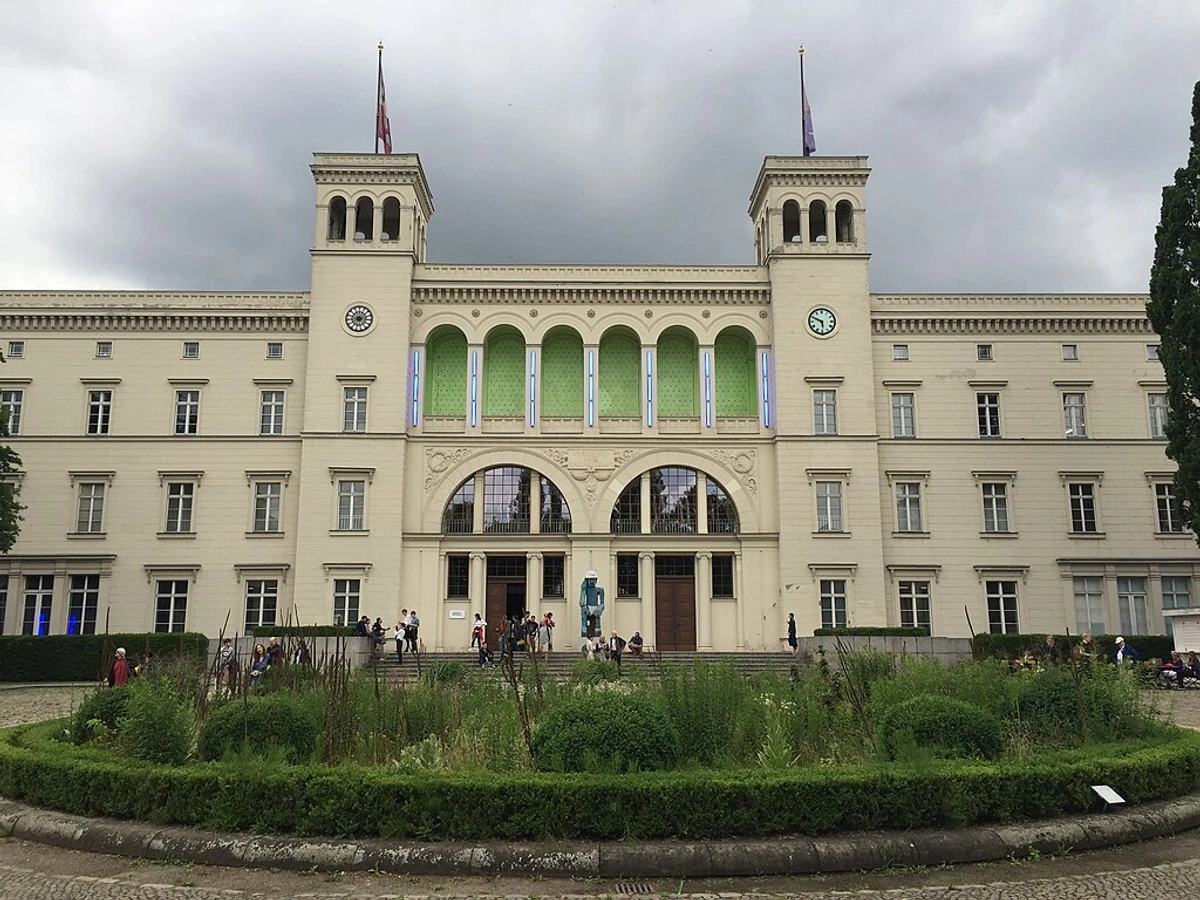
- Vienna: Home to the Kunsthistorisches Museum (Art History Museum) with imperial Habsburg collections (think Bruegel, Raphael, Rembrandt), the Belvedere (home to Klimt's iconic "The Kiss"), and the MuseumsQuartier complex which houses modern art (Leopold Museum, MUMOK) and temporary exhibitions. Vienna offers a blend of imperial grandeur and modern vibrancy, often with stunning architecture housing the collections. Where imperial history meets artistic innovation in grand, elegant settings.
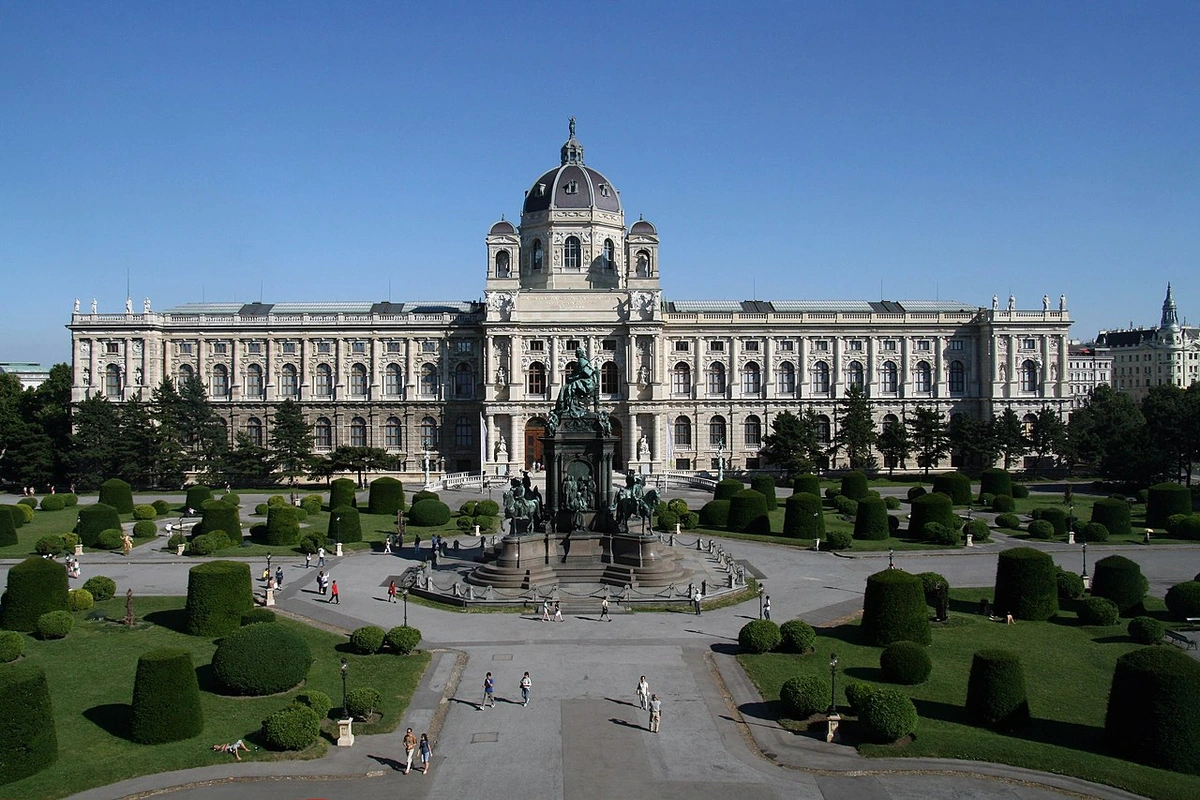
- Amsterdam (Beyond the Big Two): Explore smaller gems like Foam (photography, mentioned above), Moco Museum (Banksy, modern/contemporary), or even more niche collections. Amsterdam's compact size makes it easy to hop between different museum experiences. A city where world-class art is easily accessible, even beyond the famous names.

- Lisbon: A city with a growing art scene. The Calouste Gulbenkian Museum has a stunningly diverse collection, from Egyptian artifacts to European painting and Art Nouveau. The National Azulejo Museum (Tile Museum) is a unique dive into Portugal's decorative history, housed in a beautiful convent. Lisbon offers cultural depth alongside its famous views and delicious pastries. Discover a vibrant cultural scene where history and modern creativity intertwine.
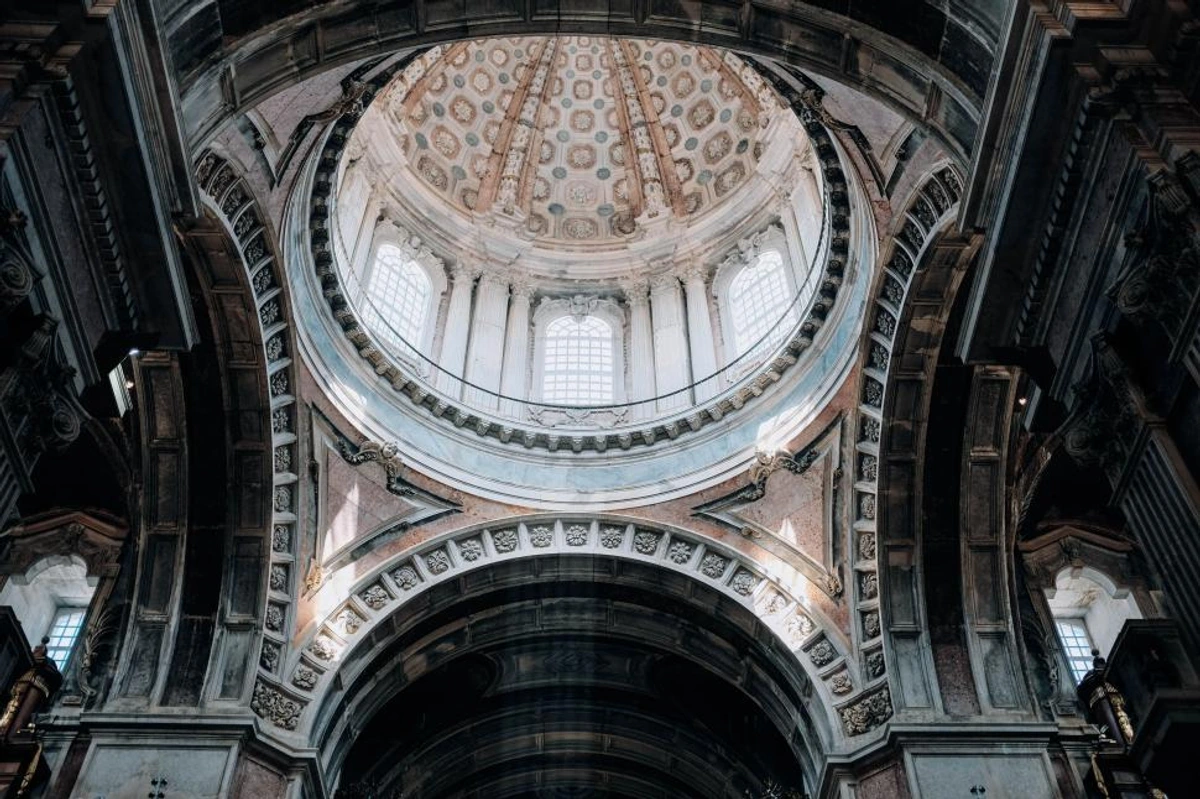
- Budapest: Often overlooked, Budapest has a rich cultural offering. The Museum of Fine Arts on Heroes' Square houses European art from ancient times to the 18th century, including Old Masters. The Hungarian National Gallery in Buda Castle focuses on Hungarian art. The city's history adds layers to the museum experience. Explore a city where grand museums reflect a complex and fascinating history.
- Prague: Beyond its stunning architecture, Prague offers significant museums. The National Gallery Prague has multiple locations focusing on different periods, from Old Masters to modern and contemporary Czech and international art. The Mucha Museum is a must for fans of Art Nouveau and Alphonse Mucha. A city of architectural beauty also holds deep artistic treasures.
Planning Your Pilgrimage: Tips for Sanity (and Survival)
Okay, enough dreaming about masterpieces and historical wonders, let's talk logistics. Because museum-hopping requires strategy to avoid burnout. Trust me, I've learned this the hard way, shuffling like a zombie through a third gallery when I should have been enjoying a park (or, let's be real, finding that cafe). Here's how to make it enjoyable, not just an endurance test.
- Book Ahead: Seriously. For popular museums (Louvre, Uffizi, Vatican, Van Gogh), booking tickets online weeks or even months in advance is non-negotiable unless you enjoy queuing for hours in the elements. Some museums also offer timed entry slots, which can help manage crowds, but these also sell out. Don't be that person stuck outside, watching everyone else glide in! It feels like a small victory just walking past the queue.
- Check Opening Hours & Days: They vary wildly, and some museums close one day a week (often Monday). Check holiday closures too. Some museums also have late-night openings on specific days, which can be a great way to visit with fewer people and a different, often quieter, atmosphere. Nothing worse than arriving at the door only to find it firmly shut.
- Go Early or Late: The first hour after opening or the last couple of hours before closing are often less crowded. This is especially true for the big names. Get there before the tour buses descend! Or swoop in just as everyone else is heading for dinner. It's like finding a secret window of calm.
- Don't Over-Schedule: Trying to cram 3 major museums into one day is a recipe for misery (and yes, even more sore feet, I did mention the feet, didn't I?). Allow ample time, including breaks. Quality over quantity. It's better to deeply enjoy two hours than rush through four and remember nothing but the aching in your arches. Your brain needs time to breathe.
- Master the Map (or App): Large museums are labyrinths designed, I suspect, by mischievous architects. Grab a physical map or download the museum's app beforehand. Orient yourself and plan a route focusing on what you most want to see. Don't just wander aimlessly unless you have unlimited time (and foot stamina). Knowing where the key pieces or sections are can save you miles of unnecessary walking (and the embarrassment of asking for directions for the fifth time).
- Fuel Up (Strategically): Museum visits are surprisingly draining, both mentally and physically. Know where the cafe is! Plan a break for coffee, water, or a snack. Some museum cafes are surprisingly good (and some are... well, museum cafes, with prices to match). Consider packing a small snack and water bottle if allowed – check the rules first. That mid-museum coffee break can feel like a lifeline.
- Look for Free Resources: Check the museum's website for free audio guides or apps you can download to your phone. These can be fantastic, cost-saving alternatives to renting a device and often provide excellent context and insights. Your phone is already there, might as well make it work for you.
- Consider the Cafe View: If you're going to take a break (and you absolutely should), see if the museum has a cafe with a view. The Centre Pompidou in Paris has a famous one, but many others offer lovely spots to rest your feet and watch the world go by, or simply admire the museum's architecture from a different perspective. It's a moment to absorb the grandeur from a comfortable distance.
- Museum Membership: If you live near a museum or plan to visit a specific one multiple times in a year, look into membership. It often offers free entry, guest passes, discounts at the shop/cafe, and invitations to special events. It can be a great investment if you're a frequent visitor. Plus, it feels fancy.
- Use Museum Passes (Wisely): City passes (like the Paris Museum Pass or I Amsterdam Card) can save money if you plan to visit multiple included sites. Do the math first – sometimes buying individual tickets is cheaper if you're only visiting a few places. Don't buy a pass just because it sounds good; make sure it aligns with your actual plans. Nobody wants to pay for access they don't use.
- Wear Comfortable Shoes: I know I mentioned it, but it bears repeating. You'll be doing a lot of walking and standing on hard floors. This isn't the time for fashion over function. Your feet will thank you. Seriously. Your feet. Mine are still complaining about that one time I wore slightly-too-tight boots.
- Pack Light: Many museums have restrictions on large bags and require checking them, which takes time and can be a hassle. A small cross-body bag or a light backpack is usually fine, but leave the giant hiking pack at the hotel. Trust me, wrestling with a locker is not how you want to start your art immersion. And definitely check the museum's official website for their specific bag policy before you go.
- Check Official Websites for Rules: This is crucial! Museum policies on bags, outside food and drink, and photography vary. A quick check online before you visit can save you hassle at the entrance. Some places are strict, others more relaxed, but it's always better to know.
- Look for Free Entry Days/Times: Many museums, especially state-owned ones, offer free entry on specific days (like the first Sunday of the month in Paris or Rome) or during certain hours (often late afternoon). Check their websites! Just be prepared for potentially larger crowds on these occasions.
- Accessibility: Most major European museums have made significant strides in accessibility, offering ramps, elevators, and accessible restrooms. It's always wise to check the specific museum's website beforehand for detailed information on wheelchair access, sensory guides, or other accommodations.
- What about museum etiquette? Ah yes, the unspoken rules. Generally, keep your voice down, don't touch the art (seriously, don't), be mindful of other people's viewing space (don't stand directly in front of someone who is clearly engrossed), and step aside if you're blocking a pathway. And please, no flash photography unless explicitly allowed – it's distracting and can damage sensitive works.
Making the Most of Your Visit: Beyond Just Looking
Staring blankly at a masterpiece because you feel you should appreciate it? We've all been there. It's okay! It's not a test. It's a conversation, and sometimes you just don't click. Here's how to engage more deeply and make the experience truly yours:
- Do a Little Homework: Knowing a bit about the artist, the period, or the story behind a key piece can transform your viewing experience. Our guides to artists or art movements might help. Even a quick read of the wall text can unlock layers of meaning. Context is king, and it can turn a static image into a living story. It's like getting the backstory before the main event.
- Take an Audio Guide or Tour: Often provides valuable context and points out details you might miss. Guided tours can bring collections to life, sometimes with fascinating anecdotes. It's like having a knowledgeable friend whisper secrets about the art, pointing out that tiny detail you totally missed.
- Focus: Instead of rushing, spend quality time with a few pieces that grab you. Sit down if there's a bench (and oh, the joy of a well-placed bench!). Look closely. Notice the details, the brushwork, the colours. Wonder about the artist's choices. Learn how to read a painting – it's like learning a new language, and suddenly the art starts speaking back! Don't feel pressured to see everything; see a few things deeply.
- See Like a Maker (For Artists): If you're an artist, shift your focus. Don't just admire; analyze. How did they achieve that texture? What's the underlying composition? How did they use color to create mood or depth? Look at the scale, the materials. It's a masterclass waiting to happen, a chance to learn directly from the greats. It often makes me itch to get back to my own studio. I find myself mentally dissecting brushstrokes.
- Sketch or Write: Even if you think you can't draw (like me, sometimes!), sketching details or jotting down thoughts/feelings helps you observe more closely and remember the experience. What colours did they use? How did they create that texture? What did it make you feel? It's a way of processing the visual information and making it personal. A quick scribble can capture a feeling better than a photo.
- Observe the Ecosystem: The art is the main event, but the museum itself is part of the experience. Look at the architecture, the way the light falls, the flow of people, even the expressions on other visitors' faces (are they bored? Awestruck? Just looking for the bathroom?). The museum staff, the cafe buzz – it all contributes to the cultural moment. Standing in the vast, echoing halls of the Louvre feels very different from the intimate rooms of the Van Gogh Museum, and that's part of the experience.
- Take Breaks: Find the museum cafe or a quiet bench. Rest your feet and eyes. Process what you've seen. A coffee break isn't just about caffeine; it's essential processing time. Your brain needs to catch up! And maybe grab a postcard from the gift shop while you're at it (I warned you about the gift shop – it's a trap!).
- Accept You Can't See Everything: Release the pressure. You will miss things. That's okay. Enjoy the journey through what you do see. It's impossible to absorb it all, so don't try. Focus on what resonates. It's better to have a few deep connections than a blur of famous names. Give yourself permission to skip that wing if you're feeling drained.
- Engage Your Senses (Beyond Sight): While you can't touch the art (please don't!), think about the sounds (or lack thereof) in the gallery, the temperature, the smell of old wood or stone. How does the space feel? It adds layers to the visual experience. Sometimes the silence in a gallery is as profound as the art.
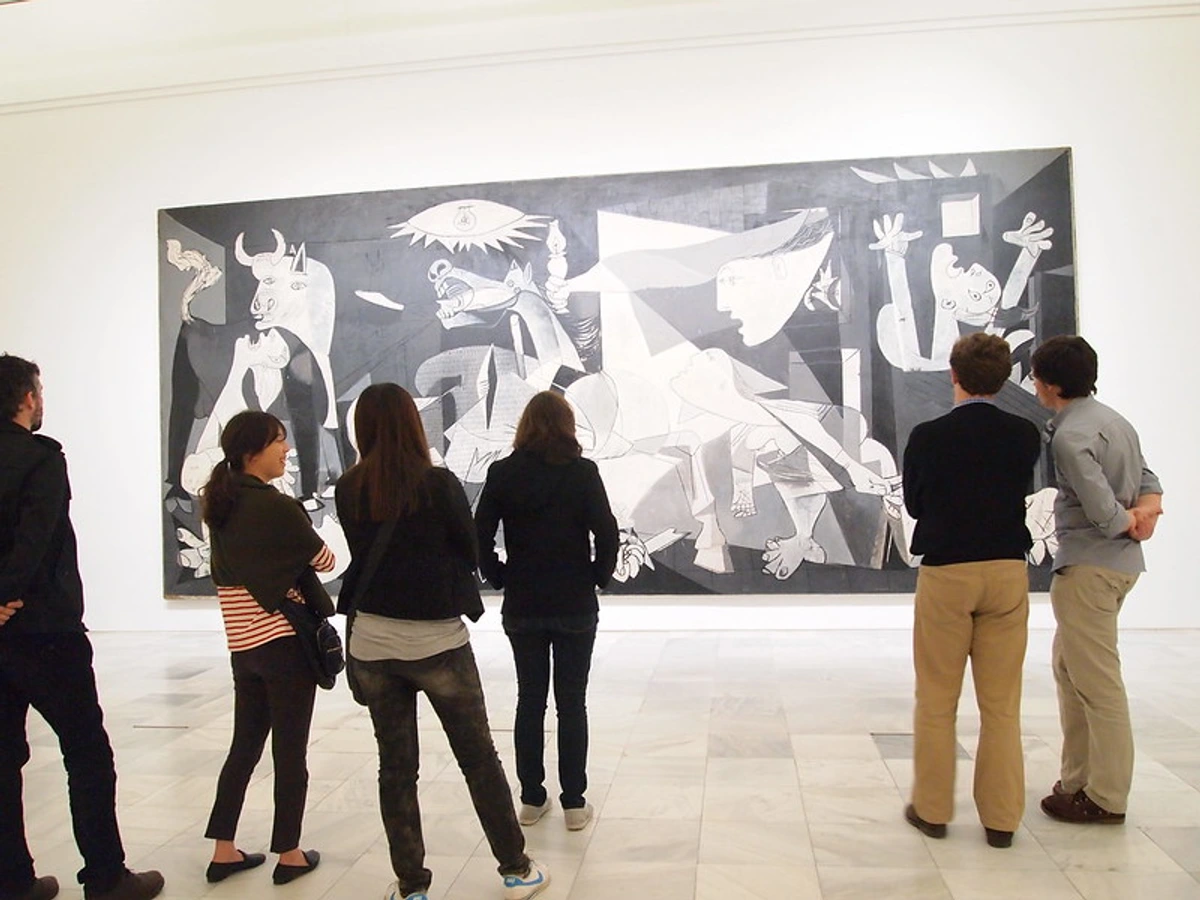
Bringing the Museum Home (Metaphorically... Mostly)
That feeling of inspiration after a museum visit is potent. It's like your creative batteries have been recharged. Maybe it sparks your own creativity, making you eager to get back to your studio, or maybe it ignites a desire to live with more art. Seeing masterpieces can refine your taste and help you define your personal art style. It makes you think about the kind of art you want to surround yourself with, the stories you want on your walls.
Perhaps you feel inspired to start your own collection? You don't need millions. There's wonderful, original contemporary art available, including prints and paintings you can buy online. The joy of discovery doesn't have to end when you leave the museum doors. You can bring a piece of that inspiration, a personal Crown Jewel, into your own space.
Frequently Asked Questions (FAQ)
Q: What is the #1 museum in Europe? A: This is subjective and depends on your interests, but the Louvre Museum in Paris is often cited due to its fame, size, and iconic collection including the Mona Lisa. For art lovers, the Uffizi or Prado might be #1. For history buffs, the British Museum or perhaps a specialized historical site. It really depends on what speaks to you.
Q: Which European city has the best museums? A: Again, debatable! Paris (Louvre, d'Orsay, Pompidou, Rodin, Musée des Arts Décoratifs), London (British Museum, National Gallery, Tate Modern, V&A, Design Museum), and Rome (Vatican Museums, Borghese Gallery, MAXXI) are top contenders. Amsterdam (Rijksmuseum, Van Gogh, Stedelijk, Foam), Madrid (Prado, Reina Sofía, Thyssen-Bornemisza), Berlin (Museum Island, Hamburger Bahnhof), and Vienna (Kunsthistorisches, Belvedere, MuseumsQuartier) also have incredible offerings. Cities like Budapest and Prague also boast significant collections. Check our guide to the best art cities in Europe.
Q: Are museum tickets expensive in Europe? A: Prices vary. Major museums in big cities can range from €15-€30+. Some national museums (like in the UK) are free for their main collections. City passes can offer savings if visiting many sites. Always check official websites for current prices and consider booking online for potential discounts. Look out for free entry days or times!
Q: Can I take photos inside European museums? A: Generally, yes, but often without flash. Some specific exhibitions or artworks might prohibit photography altogether. Always check the museum's policy beforehand. Be respectful of other visitors – nobody wants a flash in their face while contemplating a masterpiece.
Q: How much time should I allocate for a major museum like the Louvre or British Museum? A: Minimum 3-4 hours for a highlights tour. To explore more thoroughly, you could easily spend a full day or even multiple visits. Don't underestimate their size! For smaller, specialized museums, 1.5-2.5 hours is often sufficient. It's better to leave wanting more than feeling completely drained.
Q: Are European museums accessible? A: Most major museums have good accessibility, including ramps, elevators, and accessible restrooms. However, older buildings can sometimes present challenges. It's always best to check the specific museum's website beforehand for detailed accessibility information before your visit.
Q: What about temporary exhibitions? A: Temporary exhibitions are often highlights and can be a unique reason to visit a museum, even if you've seen the permanent collection. Check the museum's website in advance to see what's on during your visit dates. They often require separate tickets or timed entry.
Q: What about the museum shop? A: Ah, the museum shop! Often a treasure trove of books, prints, and unique gifts related to the collection. It's a great place to find souvenirs or dive deeper into a topic that interested you. Just be mindful of your budget and luggage space – it's easy to get carried away! (Speaking from personal experience).
Q: How do I deal with museum fatigue? A: Museum fatigue is real! The best strategies are planning breaks (find that cafe!), focusing on specific sections rather than trying to see everything, sitting down whenever possible, staying hydrated, and knowing when to call it a day. It's okay to leave and come back another time if you can, or just accept that you saw what you saw and enjoyed it. Don't feel guilty for needing a rest!
Q: What are some general museum etiquette tips? A: Beyond no flash photography and not touching the art, try to keep noise levels down, be aware of your surroundings (don't bump into things or people!), and respect others' space when they are viewing a piece. If you need to take a call, step outside. Simple courtesy goes a long way in making the experience enjoyable for everyone.
Until the Next Visit...
Exploring Europe's museums is more than just sightseeing; it's a dialogue with the past, a celebration of human expression, and an endless source of inspiration. Whether you brave the giants or seek out hidden corners, whether you're drawn to ancient history, Renaissance masters, or cutting-edge contemporary work, the continent's cultural treasures – its Crown Jewels – await. So, pack those comfy shoes, charge your phone (for photos, not just maps!), and prepare to be amazed. Happy museum hopping!
This guide reflects a personal journey through Europe's museums. My own artistic timeline and influences, including these incredible institutions, can be explored further on my timeline page.




